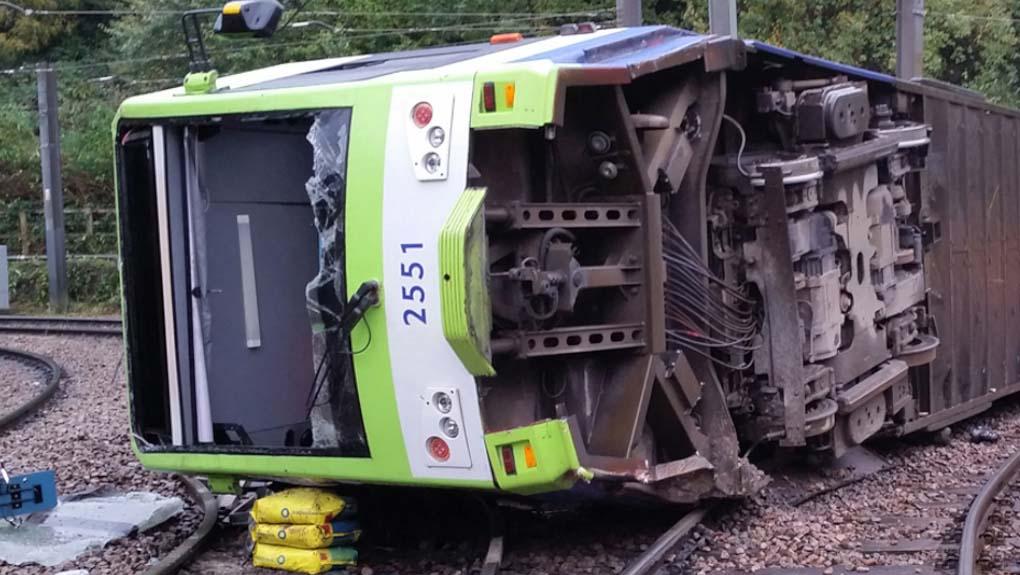
Seven people died and many were injured, 19 seriously, when a tram, travelling in poor weather and at three times the speed permitted, overturned approaching Sandilands junction in Croydon on 9 November 2016. Of the 69 passengers on the tram, only one escaped injury.
Each company pleaded guilty to offences alleging that they had failed to do everything that was reasonably practicable to ensure the safety of passengers on the tram network. Neither company had performed a suitable or sufficient assessment of the risks of a high-speed derailment on the network. TfL, which owns and maintains the infrastructure used by the Croydon tram network, was fined a total of £10m. TOL, which operates the network, was fined a total of £4m.
Since the accident, new safety measures and systems have been implemented following recommendations from the Rail Accident Investigation Branch and oversight by ORR.
These include new systems to prevent trams overspeeding around tight curves, improvements in managing driver attentiveness and more signage and chevrons at the Sandilands curve and at other high-risk areas along the track.
The tramway sector has also instituted a new safety and standards body, the Light Rail Safety and Standards Board (LRSSB), the purpose of which includes improving the sector’s understanding of risk and setting recognised industry standards.
Ian Prosser CBE, Chief Inspector of Railways, said:
Notes to Editors
- The Office of Rail and Road (ORR) is the independent economic and safety regulator for Britain’s railways, and monitor of performance and efficiency for England’s strategic road network.
- Transport for London and Tram Operations Limited pleaded guilty to breaches of sections 3(1) of the Health and Safety at Work etc Act 1974.

